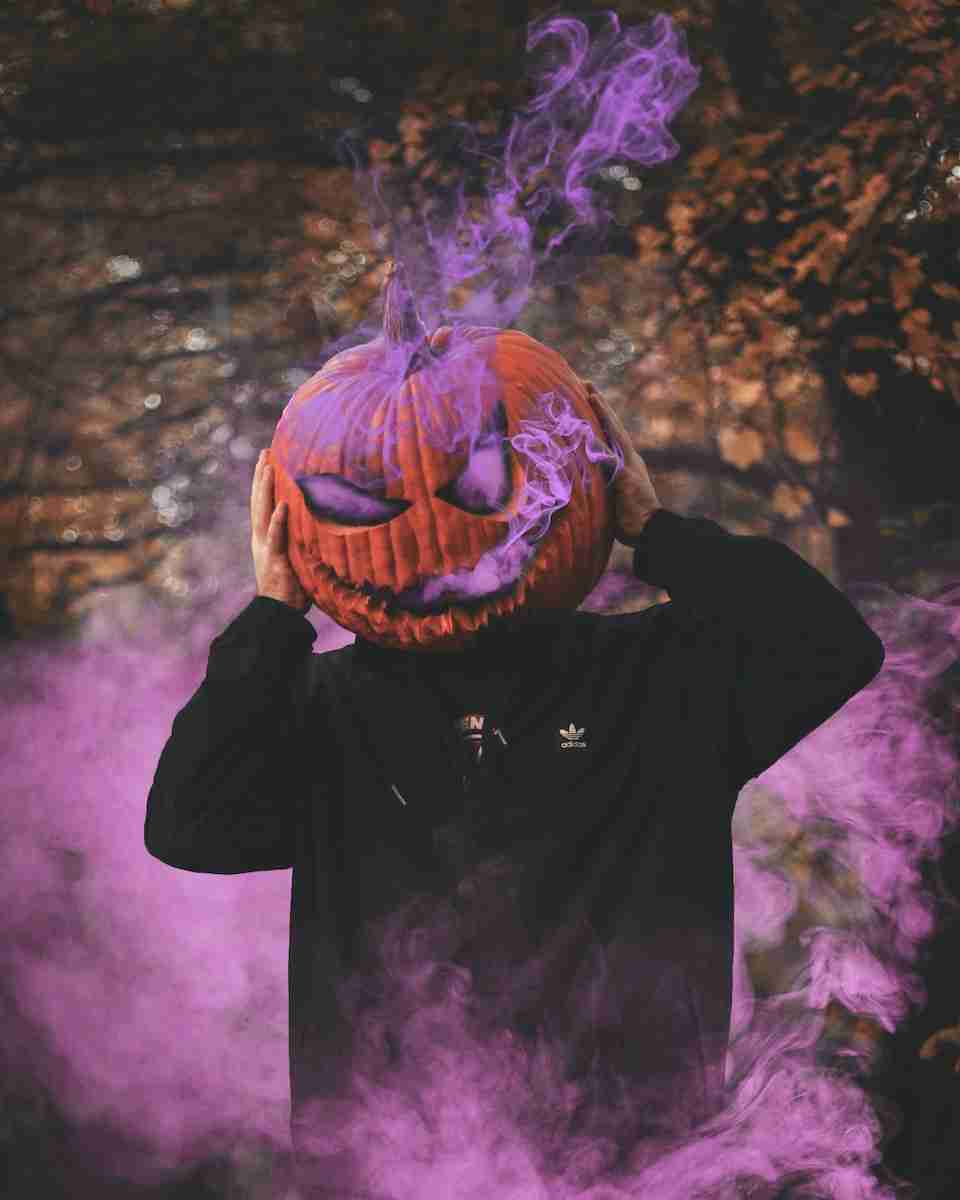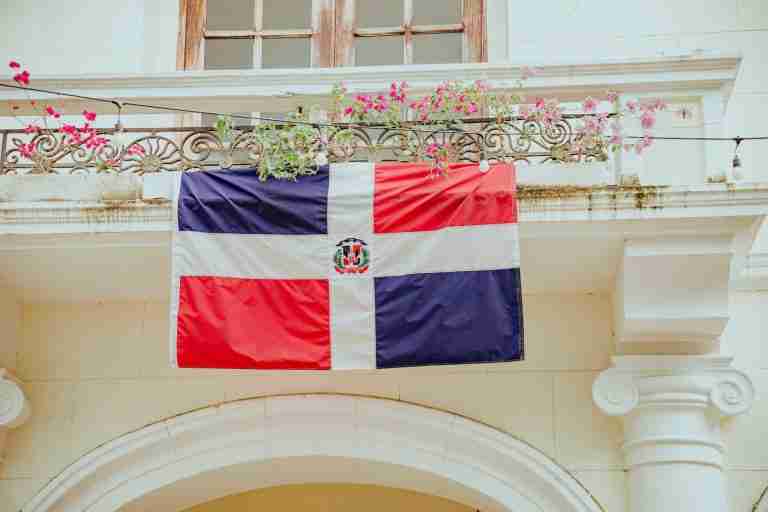26 Fun Facts About Halloween | Behind the Mask
Fun Facts About Halloween
Explore fun facts about Halloween: Unearth the spooky and historical secrets!
1. The movie ‘Halloween’ was made in just 21 days in 1978.
The classic horror film ‘Halloween,’ directed by John Carpenter, was shot in a mere 21 days in 1978. Despite its low budget and quick production, it became one of the most iconic horror films.
It set the standard for slasher films and is celebrated for its simplicity and effectiveness.
2. The term ‘witch’ comes from an old English word.
The word ‘witch’ derives from the Old English word ‘wicce,’ meaning wise woman. Wiccan were highly respected people at one time.
Their perceived connection with the devil wasn’t popularized until later in history.
3. Black and orange are traditional Halloween colors.
Black and orange represent the darkness of night and the color of bonfires, autumn leaves, and jack-o’-lanterns. This color combination is traditionally associated with Halloween.
Black symbolizes death and darkness, while orange symbolizes endurance and strength.
4. Jack-o’-lanterns were initially made from turnips.
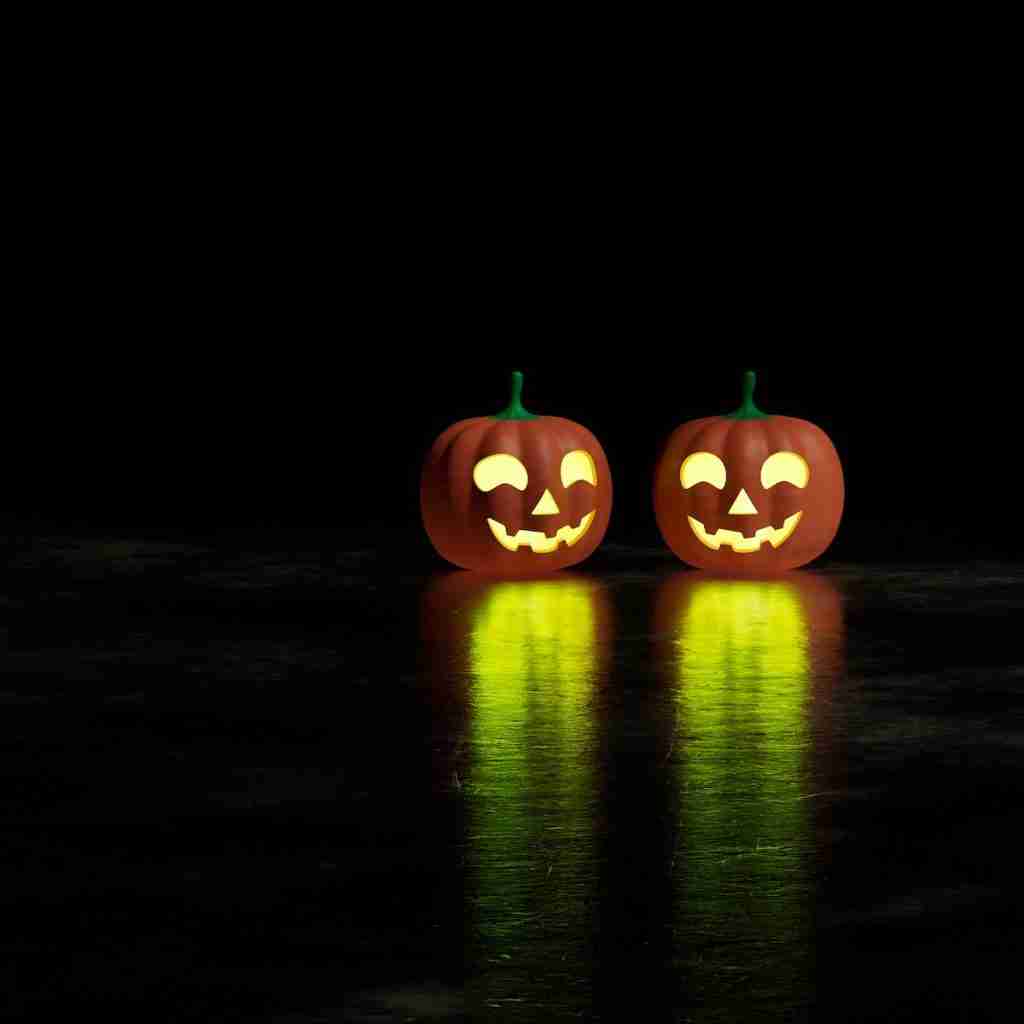
The tradition of making jack-o’-lanterns started in Ireland. Instead of pumpkins, people used turnips or potatoes to carve these lanterns.
The practice was based on an Irish myth about a man named “Stingy Jack.”
5. Trick-or-treating has existed since medieval times.
Trick-or-treating resembles the medieval practice of ‘souling,’ where the poor would go door to door on Halloween (November 1), receiving food in return for prayers for the dead.
This practice was later taken up by children who would visit the houses in their neighborhood.
6. The fear of Halloween is called Samhainophobia, which is one of the fun facts about Halloween.
Samhainophobia is derived from ‘Samhain,’ the ancient Celtic festival that Halloween originated from. It refers to the fear of Halloween or the fear of the festival of the dead.
This phobia is characterized by feelings of dread or panic when thinking about or celebrating the holiday.
7. Halloween’s iconic symbols have varied origins and meanings.
Symbols like bats, spiders, and black cats are traditionally associated with Halloween. Bats were thought to be harbingers of death in medieval times, while spiders symbolize mystery and power.
Black cats have been associated with witchcraft and bad luck, enhancing Halloween’s mystique.
8. Ireland is believed to be the birthplace of Halloween.
Halloween’s origins date back to the ancient Celtic festival of Samhain in Ireland. It was believed that the spirits could more easily come into our world during this time.
Festivities included bonfires, feasts, and games, forming the foundation of modern Halloween traditions.
9. In some countries, Halloween is known as The Day of the Dead.
In countries like Mexico and other Latin American countries, Halloween is celebrated as ‘Dia de los Muertos’ or ‘The Day of the Dead.’ This celebration honors deceased loved ones and ancestors.
The festival includes colorful costumes, parades, and the creation of altars for the deceased.
10. The world’s largest pumpkin weighed over 2,600 pounds.
Recorded in 2016, the world’s largest pumpkin weighed 2,624.6 pounds. This giant pumpkin was grown by Mathias Willemijns of Belgium and presented at the Giant Pumpkin European Championship in Germany.
Growing giant pumpkins is a popular hobby among gardeners who compete in these competitions.
11. Halloween costumes were originally intended to ward off evil spirits.
The tradition of wearing costumes on Halloween can be traced back to ancient Celtic festivals. The Celts believed wearing costumes, typically animal skins and heads would ward off evil spirits.
Today, this tradition has evolved into dressing up in various costumes for fun.
12. Halloween candy sales average about $2 billion annually in the U.S.
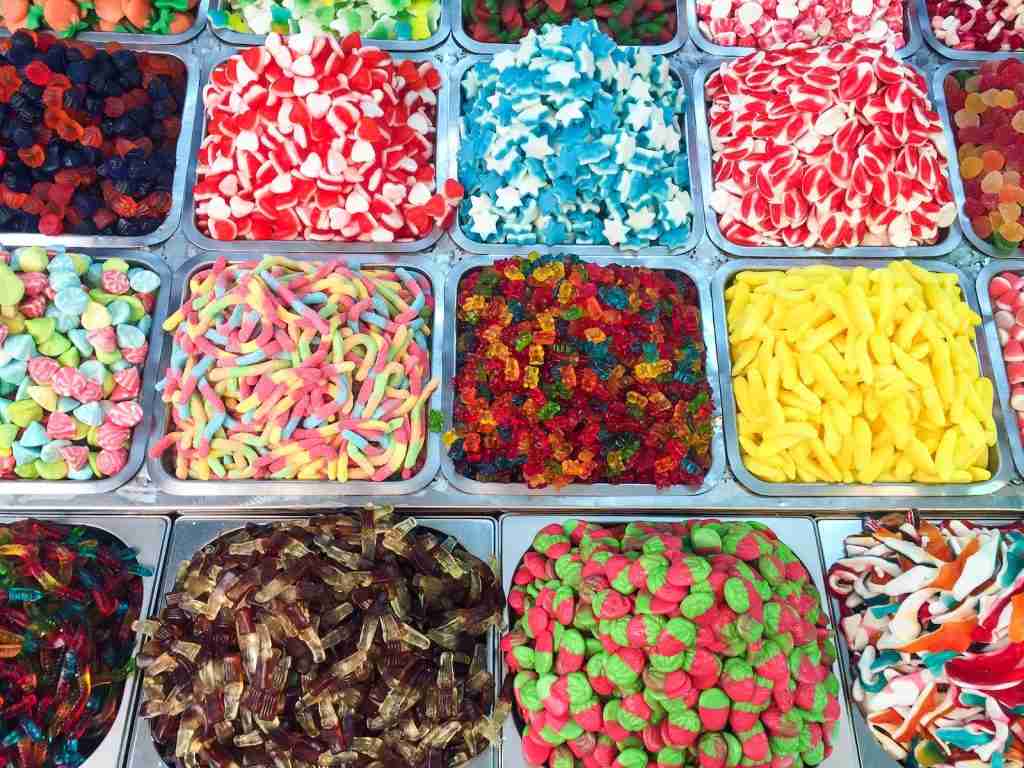
Candy sales skyrocket during the Halloween season in the United States. On average, about $2 billion is spent on Halloween candy each year.
This makes it the biggest candy-selling holiday, surpassing even Valentine’s Day and Easter.
13. Halloween is celebrated on October 31st because of its ancient Celtic origins.
The date of Halloween, October 31st, is the eve of the Western Christian feast of All Hallows’ Day. It marks the beginning of the three-day observance of Allhallowtide, a time to remember the dead.
The ancient Celtic festival of Samhain influenced this date, celebrated at the end of the harvest season.
14. “Hocus Pocus” was originally not a successful film.
Released in 1993, ‘Hocus Pocus’ was initially a box-office disappointment. However, over the years, it gained a cult following and became a Halloween favorite.
The film is now a staple in Halloween movie marathons and celebrated for its nostalgic charm.
15. Immigrants helped popularize Halloween in the United States.
Halloween was brought to North America primarily by Irish and Scottish immigrants in the 19th century. They carried their Halloween traditions with them, which gradually became part of American culture.
Trick-or-treating and pumpkin carving are among the traditions they introduced.
16. New York City hosts the United States’ largest Halloween parade.
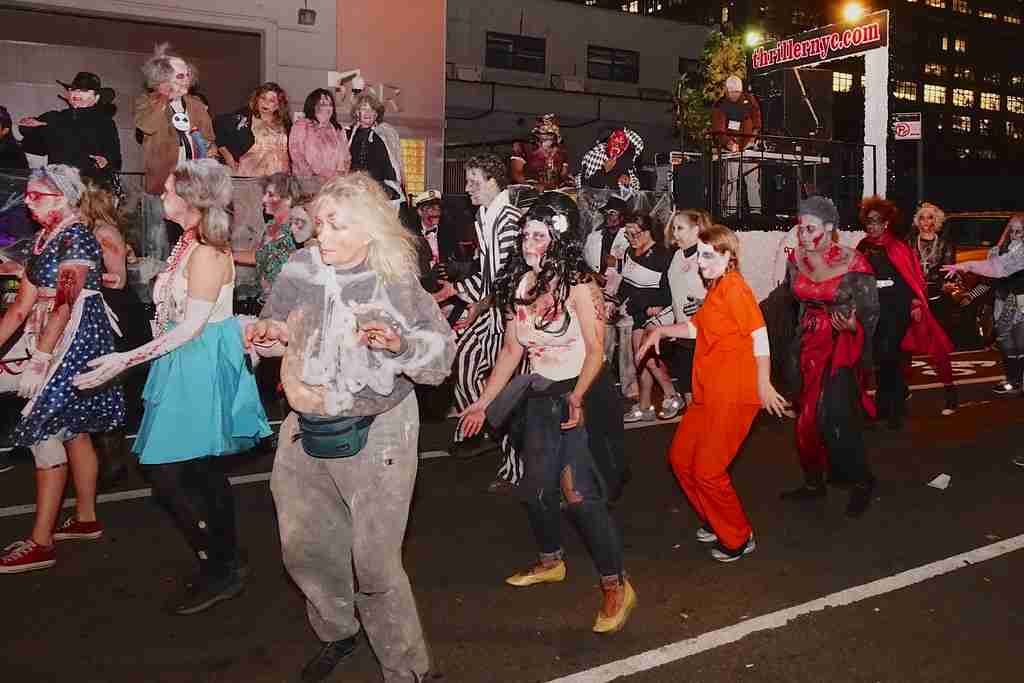
The New York City Halloween Parade, held annually in Greenwich Village, is the largest in the United States. It features participants in elaborate costumes, puppets, and bands.
This parade has become a significant New York event, drawing spectators from all over.
17. Halloween has various names and traditions around the world.
In different parts of the world, Halloween is celebrated with unique customs and names. For example, in some countries, it’s known as All Hallows’ Eve, Hallowe’en, or All Saints’ Eve.
Each culture incorporates its traditions, making Halloween a diverse global festival.
18. What is the significance of trick-or-treating on Halloween?
Trick-or-treating has roots in the medieval practice of “souling,” where people would go door-to-door, offering prayers for the dead in exchange for food.
It has evolved into a fun activity for children to collect candy.
19. Pumpkin carving is a popular Halloween activity in many countries.
Pumpkin carving, also known as jack-o’-lanterns, is a widespread tradition during Halloween. This activity involves carving faces or designs into pumpkins, illuminating them from within.
It is believed to have originated from an Irish myth about a man named Stingy Jack.
20. Halloween originated from an ancient Celtic festival.
The festival of Samhain, celebrated by the Celts, marked the end of the harvest season and the beginning of winter. This festival is considered the origin of Halloween.
It was believed that on this night, the boundary between the living and the dead became blurred.
21. Halloween has been celebrated for over 2,000 years.
Halloween’s history dates back over 2,000 years, originating from the ancient Celtic festival of Samhain. This festival marked the end of the harvest season and the beginning of winter.
It was believed that on this night, the boundary between the living and the dead became blurred.
22. The largest Halloween party in the world is in Derry, Northern Ireland.
Derry City in Northern Ireland hosts the world’s largest Halloween party. This event includes a week-long celebration with parades, concerts, and fireworks.
Its popularity attracts visitors from all around the globe, celebrating Halloween in its birthplace.
23. Halloween is increasingly celebrated in countries around the world.
While Halloween has its roots in ancient Celtic traditions, it’s becoming increasingly popular globally. Countries that traditionally didn’t celebrate Halloween are adopting its customs, like dressing up and trick-or-treating.
This spread is largely due to American pop culture influence and globalization.
24. Tootsie Rolls were the first wrapped penny candy in America.
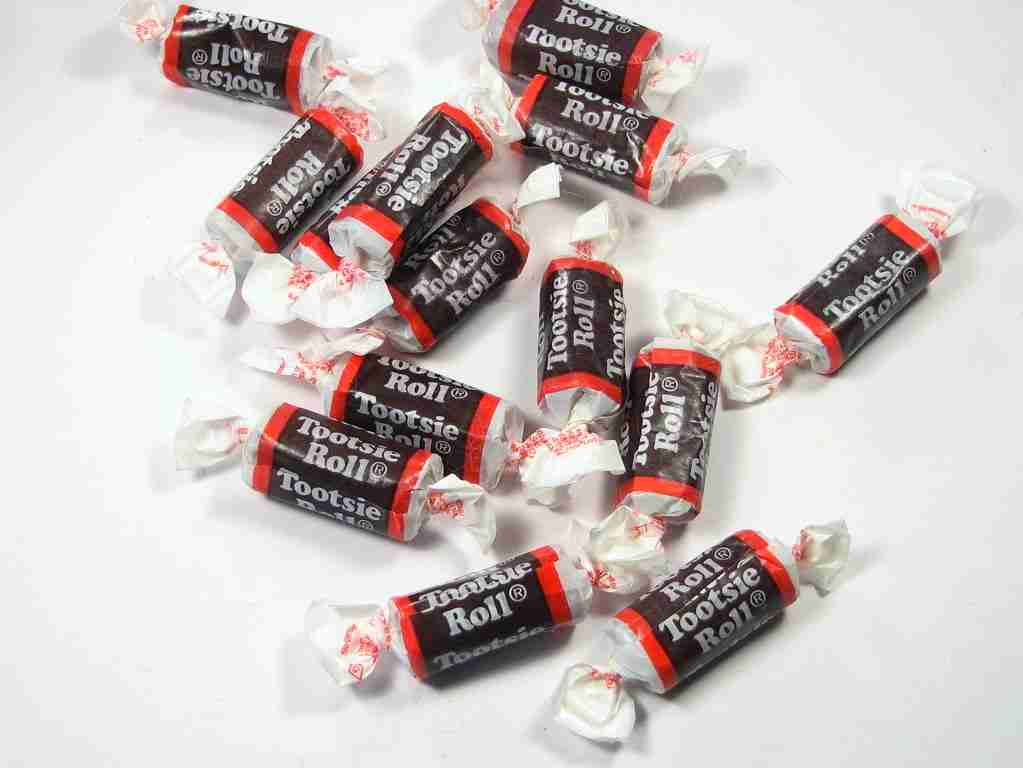
Tootsie Rolls, a popular Halloween candy, hold the title of being the first penny candy to be individually wrapped in America. Introduced in 1896, they quickly became a favorite.
Today, Tootsie Rolls are a common treat given out during Halloween.
25. Halloween is the second highest-grossing commercial holiday.
After Christmas, Halloween is the second-highest-grossing commercial holiday, with consumers spending billions on costumes, candies, decorations, and parties.
This holiday significantly impacts the economy, especially in industries like retail and confectionery.
26. Halloween costumes were originally intended to ward off evil spirits.
The tradition of wearing costumes on Halloween can be traced back to ancient Celtic festivals. The Celts believed wearing costumes, typically animal skins and heads would ward off evil spirits.
Today, this tradition has evolved into dressing up in various costumes for fun.
Conclusion
Our exploration of fun facts about Halloween reveals a tapestry rich in history and culture.
From its ancient beginnings to the present-day festivities, Halloween captivates with a unique mix of folklore and fun.
As you celebrate with costumes and candy, remember the intriguing origins and traditions that make Halloween a beloved global phenomenon.
Embrace the spirit of Halloween, a time-honored festival that continues to enchant and engage people of all ages.
FAQs
Halloween is celebrated on October 31st every year.
Halloween has ancient Celtic roots, originating from the festival of Samhain, which marked the end of the harvest season and the beginning of winter.
Yes, Halloween traditions include dressing up in costumes, trick-or-treating, attending parties, and decorating homes with spooky themes.
Certainly! Popular Halloween movies include classics like “Hocus Pocus,” “The Nightmare Before Christmas,” and “Halloween.” These films often capture the spirit of the season.
Halloween is celebrated as a time to remember the dead, ward off evil spirits, and embrace the playful side of fear and superstition. It has evolved into a festive occasion for dressing up and enjoying spooky-themed activities.

